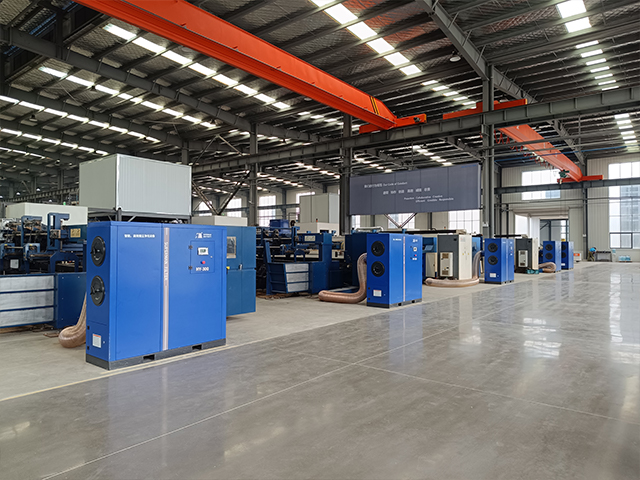Welding Dust Treatment Equipment
Introduction
In welding workshops and industrial settings, the generation of welding dust is a common occurrence. This dust can contain harmful chemicals, metal particles, and other contaminants that can pose significant health risks to workers and affect the quality of the working environment. To address this issue, welding dust treatment equipment is utilized to effectively capture, filter, and dispose of the dust generated during welding processes.
Importance of Welding Dust Treatment Equipment
The importance of welding dust treatment equipment cannot be overstated. Here are some key reasons why investing in such equipment is crucial:
Health and Safety: Welding dust can contain harmful chemicals and particles that can cause respiratory illnesses, skin irritation, and other health issues. By effectively capturing and filtering welding dust, treatment equipment helps minimize workers' exposure to these contaminants, ensuring a safer working environment.
Compliance with Regulations: Many industries and jurisdictions have strict regulations regarding the handling and disposal of welding dust. Having proper welding dust treatment equipment ensures compliance with these regulations, avoiding potential fines and legal issues.
Environmental Protection: Welding dust can have a negative impact on the environment if not properly disposed of. Treatment equipment helps reduce the environmental impact by ensuring that dust is filtered and disposed of in a safe and responsible manner.

Types of Welding Dust Treatment Equipment
There are several types of welding dust treatment equipment available, each with its own unique features and applications:
Local Extraction Units: These units are positioned near the welding source to capture dust at the point of generation. They utilize high-efficiency filters to trap and remove contaminants from the air, minimizing the spread of dust throughout the workspace.
Centralized Dust Collection Systems: For larger workshops with multiple welding stations, centralized dust collection systems are often used. These systems consist of a central dust collector connected to various welding stations through ductwork. Fans or blowers draw air through the ductwork, capturing dust before it can disperse into the workspace. The captured dust is then filtered and collected for proper disposal.
Cyclone Separators: Cyclone separators use centrifugal force to separate dust particles from the air. They are often used as a pre-filter for centralized dust collection systems, helping to remove larger particles and reduce the burden on the main filter.
Wet Scrubbers: Wet scrubbers use a liquid, typically water, to capture and remove dust particles from the air. As air passes through the scrubber, the dust particles are wetted and collected in a slurry or wastewater stream for disposal.
Considerations for Selecting Welding Dust Treatment Equipment
When selecting welding dust treatment equipment, it's important to consider the following factors:
Type of Welding: Different welding processes generate different types and quantities of dust. Therefore, it's important to choose equipment that is specifically designed to handle the type of dust generated by your welding processes.
Workspace Size and Layout: The size and layout of your workspace will determine the type and size of dust treatment equipment you need. Consider factors like the number of welding stations, the distance between them, and the availability of space for equipment installation.
Maintenance and Replacement Costs: Dust treatment equipment requires regular maintenance and filter replacement to ensure optimal performance. Consider the cost of maintenance, filter replacements, and any other consumables when making your selection.
Compliance with Regulations: Ensure that the dust treatment equipment you choose complies with all relevant regulations and standards in your industry and jurisdiction.
Conclusion
Welding dust treatment equipment is essential in maintaining a clean, safe, and compliant working environment in welding workshops. By investing in the right equipment, you can effectively capture, filter, and dispose of welding dust, protecting workers' health, complying with regulations, and reducing the environmental impact of your operations.